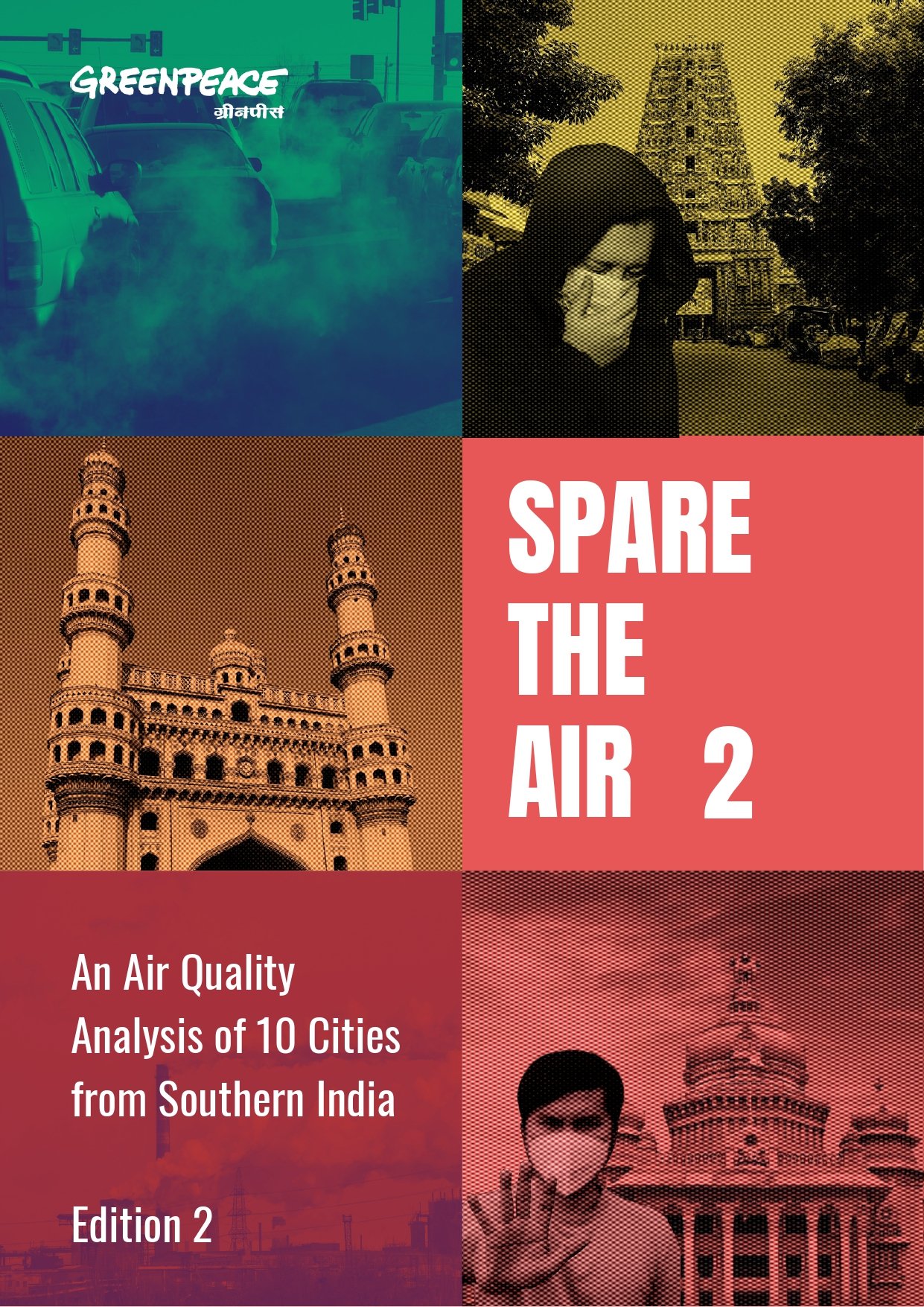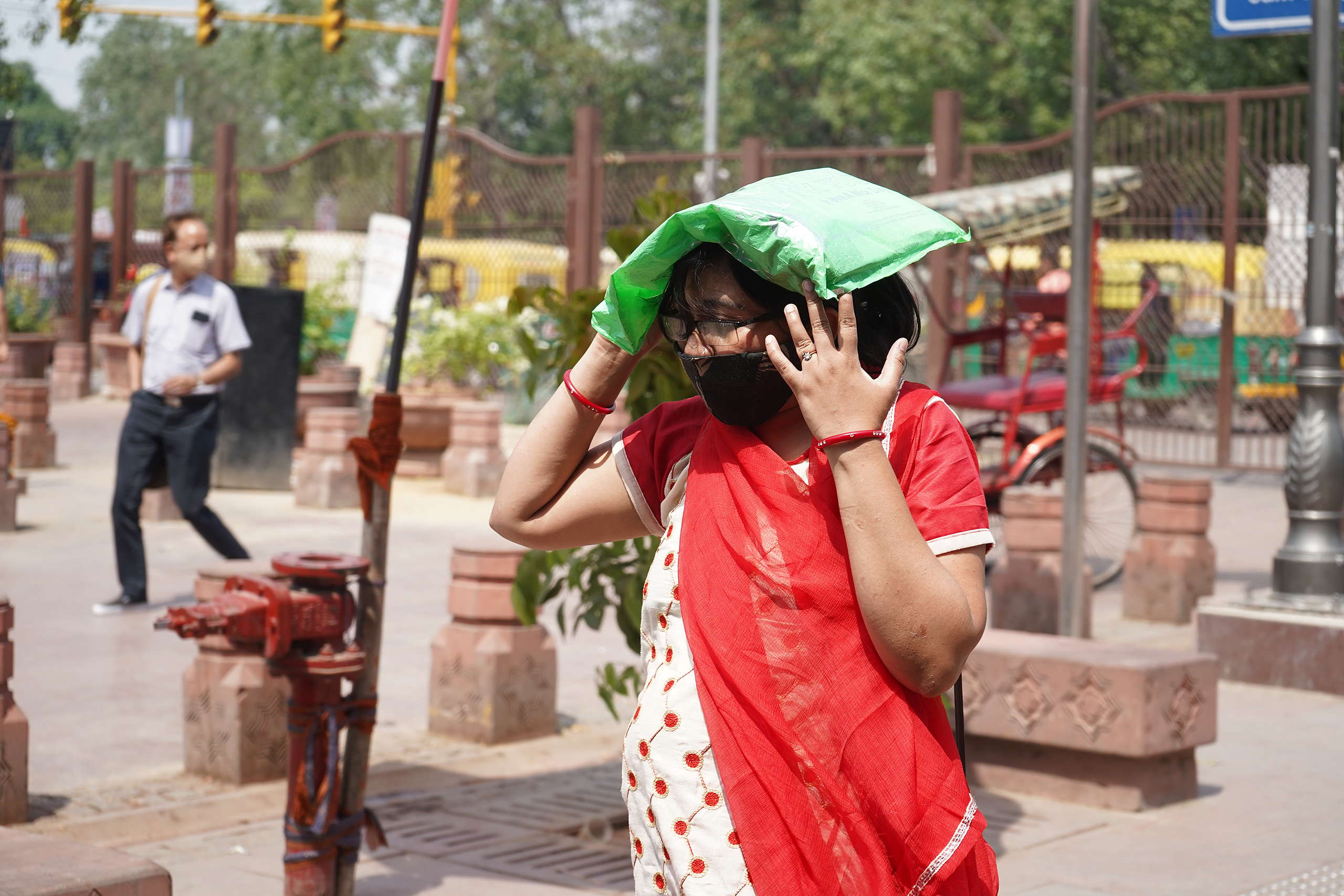Slamming the centre and state governments for their failure to tackle air pollution, the Supreme Court of India on November 25th said, ‘The world is laughing at India. It’s better to get explosives in 15 bags and kill them in one go. Why should people suffer like this?”
India has been facing toxic air pollution of unprecedented levels in the past few years. In 2017, one in eight deaths in India was attributable to air pollution, with 6.7 lakh deaths caused by outdoor particulate matter air pollution and 4.8 lakh deaths linked to household air pollution. Today, 15 out of the 20 most polluted cities in the world are in India, with Delhi recently topping the list. It’s no wonder that the air is heavy with panic and toxins.
The Supreme Court said the Delhi government has no right to be in the chair and asked, ‘How much do you value a person’s life?’. The court stated, “Delhi has become worse than narak (hell). Life is not so cheap in India and you will have to pay”.
To combat this rising threat, the Ministry of Environment Forests and Climate Change (MoEF&CC) launched the National Clean Air Programme (NCAP) in January 2019, after years of campaigning by Greenpeace and other civil societies. However, this was short-lived relief as the laid out plan is not an all-inclusive solution. The NCAP specifies sectoral initiatives and offers tentative targets of 20-30% reduction of air pollution levels by 2024. However, it doesn’t include budgets, legal backing or clear sectoral targets to enable states to implement the plan.
Upon analysing the annual air quality data of 313 cities in 2017, we found that 241 cities have ambient particulate matter PM2.5 above 60 micro grams/m3 – the limit recommended by the National Ambient Air Quality Standards (NAAQS). While these 241 cities have insufferable air quality, 139 of those cities are not included under NCAP. This means that they have no plans to combat the menace that’s leading to respiratory, cardiac and other deadly illnesses even in perfectly healthy individuals. Several of these cities even have a population above one million, including Chennai, Madurai, Meerut, Thane, Surat, Rajkot, Vadodara, Howrah, Ranchi, etc.
Our Airpocalypse III report revealed that air pollution in our cities is so high, that even if we reduce air pollution 20-30% by 2024, only 12 of 241 cities will be within the World Health Organisation’s (WHO) air quality standards. Air pollution across India stems from a few key sectors, namely – industries and power plants, crop and garbage burning, and transport. Therefore, stronger sectoral policies and targets are needed at a national and state level. While 30% is a start, we need much more ambitious reductions and stricter emissions deadlines.
The right to breathe clean air and live free from deadly illnesses caused by air pollution is universal. The government must treat this climate and health emergency with urgency and take immediate action if we are to prevent a climate catastrophe of unimaginable proportions.


